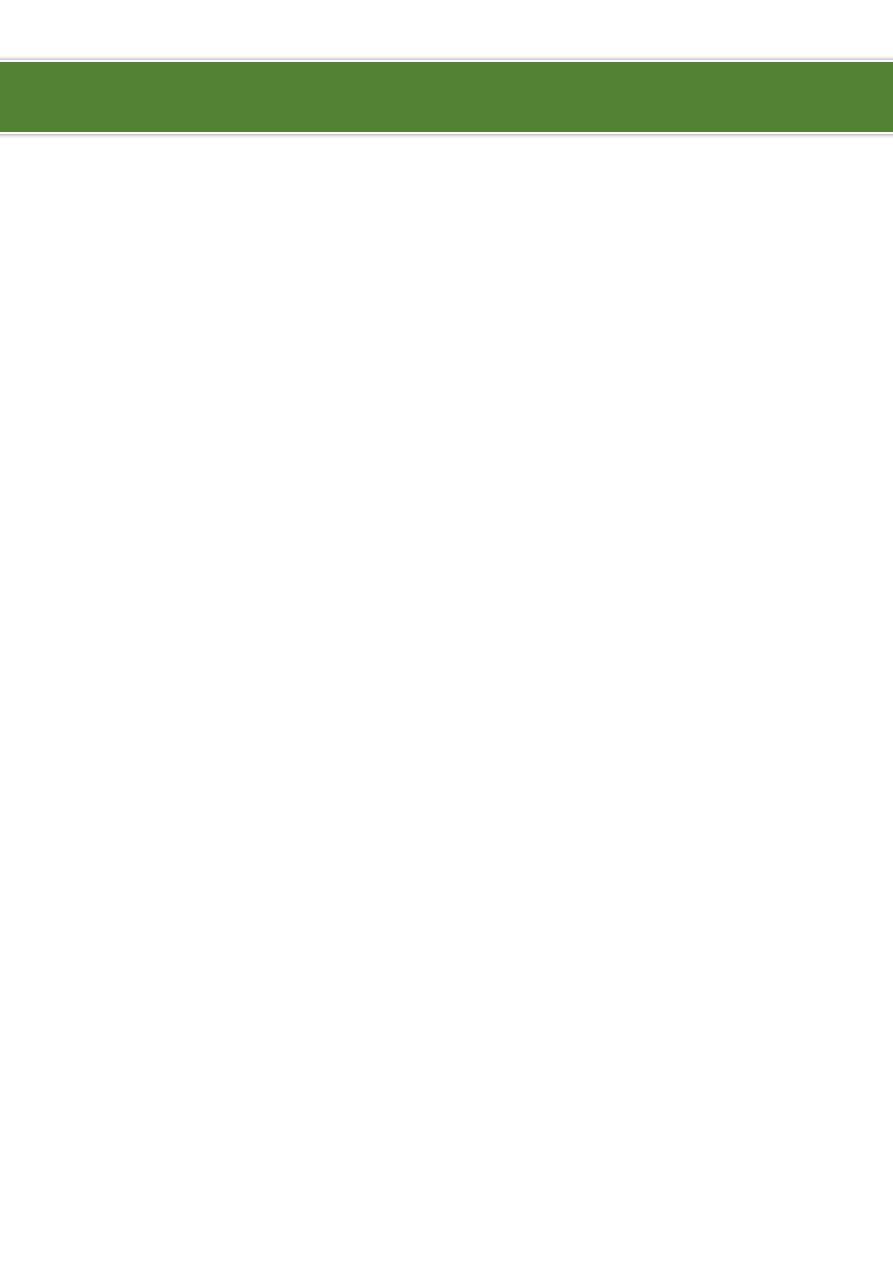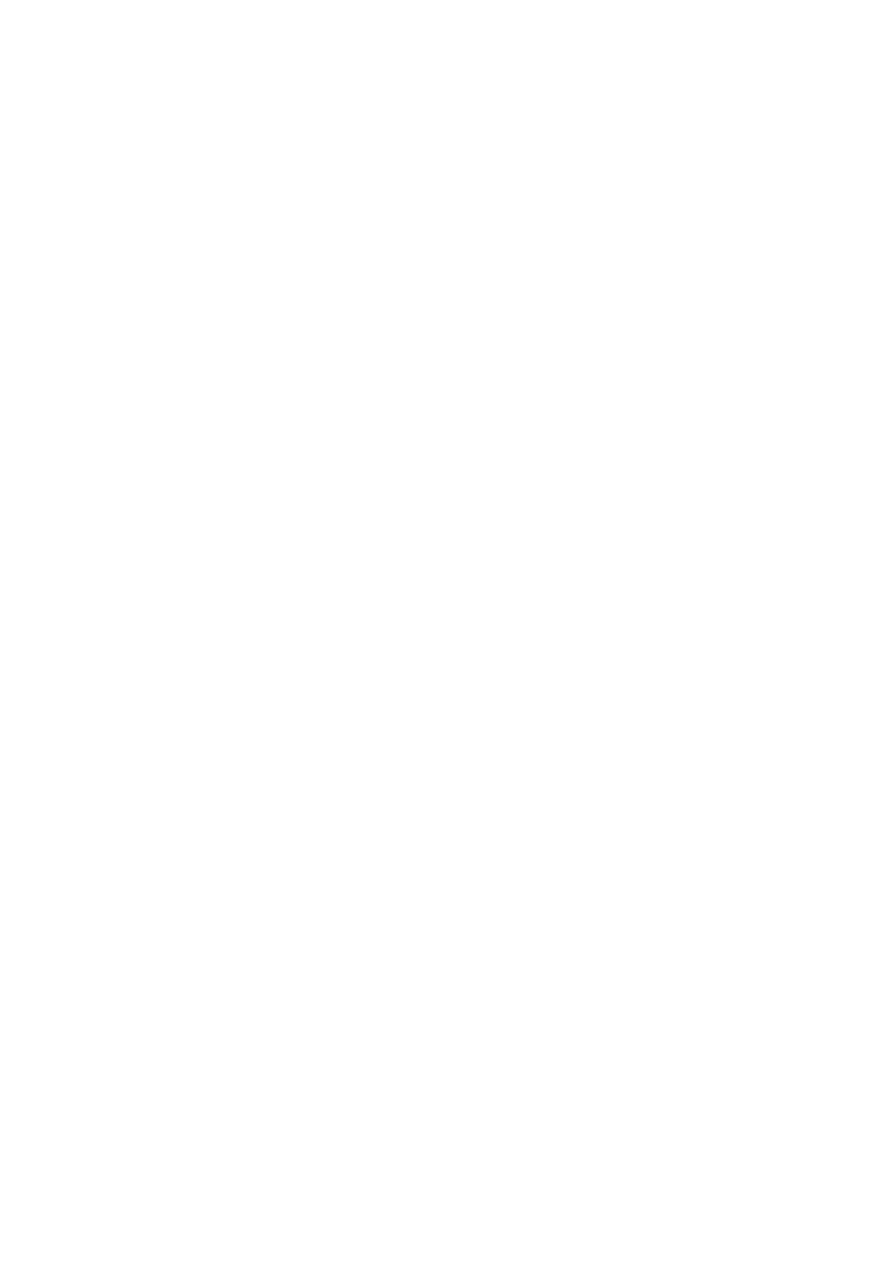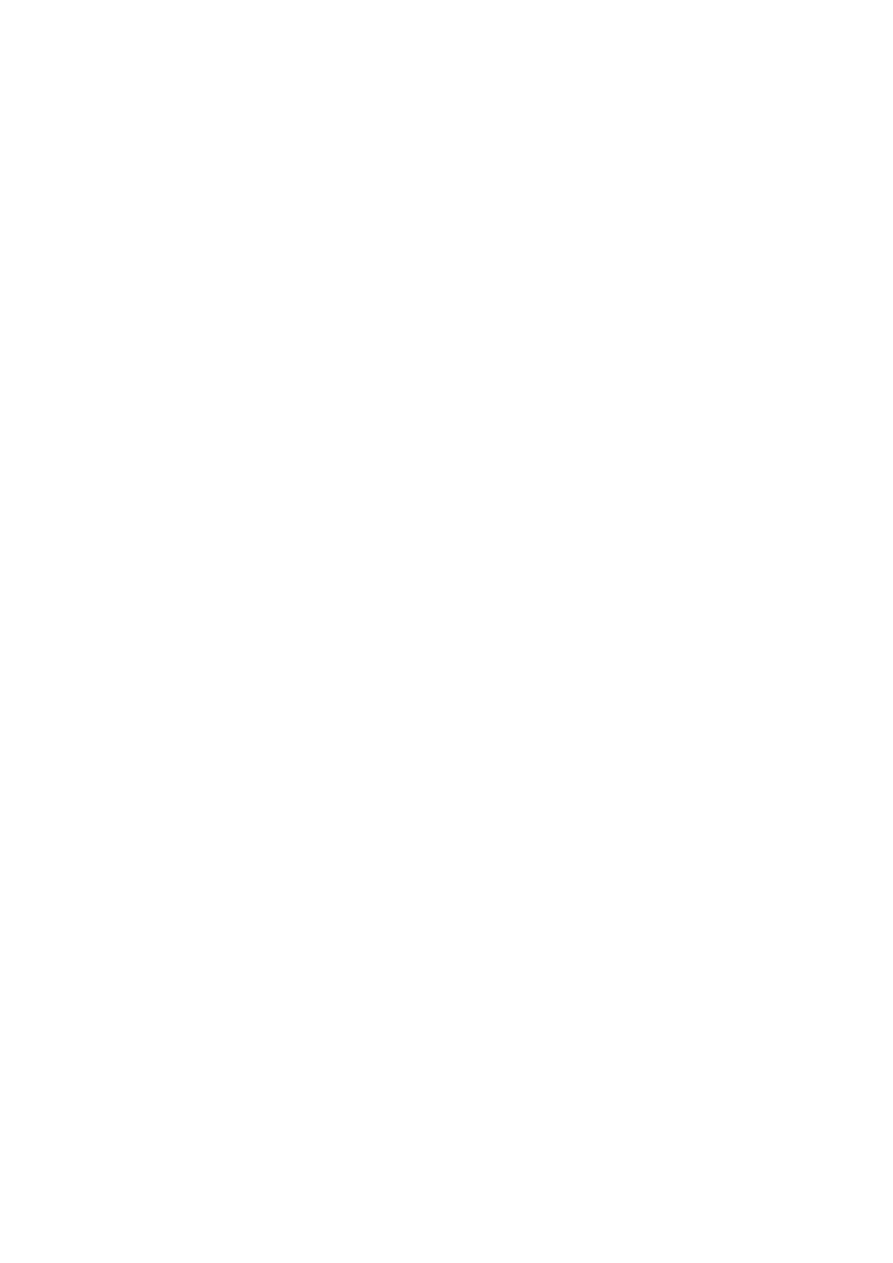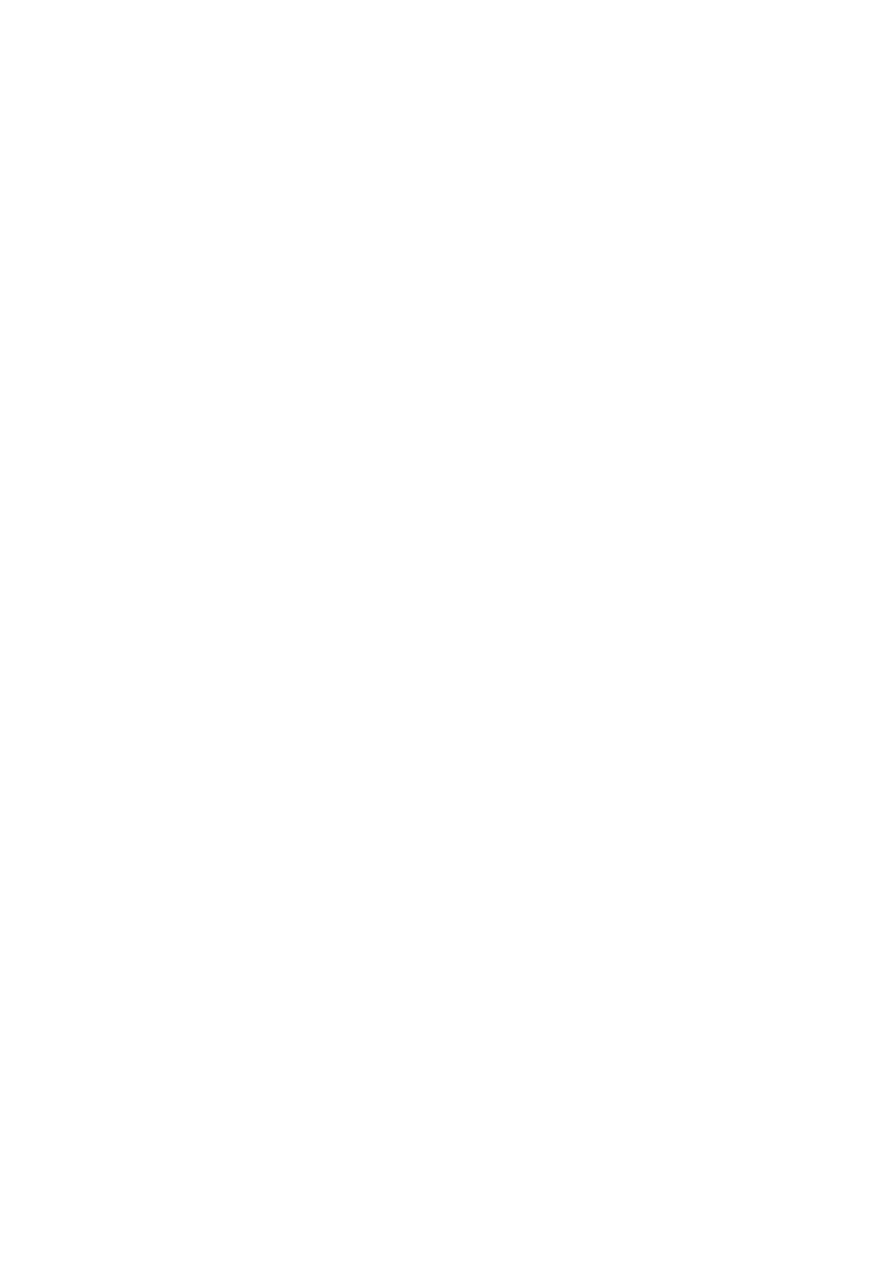
1
Development
Definition:
Development is the acquisition of new skills & maturation of organs function.
Growth: is increase in size of the body or quantitative growth leading to physical
maturation.
Development: is maturation of function or qualitative growth leading to mental
maturation.
The factors affecting growth and development are the following:
Host or genetic factors genetic make-up (genotype).
Physical expression (phenotype).
Demographic factors race and sex or gender.
Nutritional factors maternal nutritional status, breastfeeding and weaning,
complementary feeding practices, diet during illness, supplementary feeding.
Environmental factors socio-economic status.
Physical factors climate, pollution.
Biological factors infections, exercise, drugs and chemicals.
Emotional factors mother infant bonding, parent child interaction, family harmony,
stimulation and tender loving care.
Antenatal, natal and postnatal factors infections, irradiation, drugs and placental
insufficiency affect the potential for growth and development to a great extent
.
Developmental history:
Gross motor roll over? Sit? Crawl? Walk? Going up stairs?
Fine motor movements of fingers, couching objects, shoe tie, buttoning,
unbuttoning.
Social adaptation smile, knows his mother, clapping, bye-bye, annoyed when being
taken from his mother, control his urination & defecation.
Speech, vision, hearing.
Ibnlatef
Notes
Pediatrics

2
Neonates (below 30 days):
Gross motion: Asymmetrical movement of the four limbs, turns hand from side to side,
lies in flexed attitude, head sags on ventral suspension and lags on pulling to sit.
Fine motion: follows objects up to 90 degree, hand fisting.
(Clinical note: because fixation of the baby eyes to the roof of the room may signify
seizure!)
Speech: startles in response to loud sounds and cry.
Social: visual preference for human face.
2
nd
month:
Gross motion: Same as above + head control to start to develop and complete at 4
months, legs more extended, holds chin up.
Fine motion: follows objects up to 90 - 180 degree, no hand fisting.
Speech: coosing.
Social: Smiles responsively, and if absent may be needed to be evaluated again at 4
months, and if it is absent at 4 months it signify developmental problem.
3
rd
month:
Gross motion: lifts head and chest with arms extended, head above plane of body on
ventral suspension.
Fine motion: reaches toward and misses objects, waves at toy.
Speech: says "aah. ngah".
Social: Laughs, sustained social contact, listen to music.
4
th
month:
Gross motion: no head lag when pulled to sitting position, head steady, legs extended.
Fine motion: hands in midline, reaches and grqsps objects and bring them to mouth.
Speech: laughs out loud.
Social: excited at sight of food and by toys, may show displeasure if social contact is
broken.
6
th
months:
Gross motion: legs bear most of body weight & bounces activity on standing.
Rolling over (This is more complex than walking and occurs due to axial muscles
development, when this occur the baby definitely will walk, even if delayed).
Fine motion: grasp uses one hand approach (palmar grasp), transfers objects from
hand to hand.
Speech: babbling.
Social: enjoy mirror. Takes everything to mouth (mouthing).

3
7
th
month:
Gross motion: sits briefly with support of pelvis.
Fine motion: transfers objects from hand to hand, grasp uses radial palm.
Speech: forms polysyllabic vowel sounds.
Social: prefers mother.
8
th
month:
Gross motion: sits steady on hard surface, crawls or creeps.
Fine motion: scissor and grasp with thumb and fingers.
Speech: responds to name when called.
Social: Drink from pus and bolds own bottle.
10
th
month:
Gross motion: sits up alone and indefinitely without support with back straight, cruises
or walks holding onto furniture.
Fine motion: grasps objects with thumb and forefinger.
Speech: repetitive constant sounds "mama" dada".
Social: waves bye-bye.
1
st
year:
Gross motion: walks with one hand held, rises independently, takes several steps.
Fine motion: picks up pellet with unassisted pincer movement of forefinger and thumb
(pincer grasp).
Speech: says a few words besides mama, dada.
Social: plays simple ball game, makes postural adjustment to dressing.
15
th
month:
Gross motion: walks alone, crawls up stairs.
Fine motion: makes tower of 2-3 cubes, makes a line with crayon inserts raisin in
bottle.
Speech: jargon, follows simple commands, may name a familiar object (ball).
Social: hugs parents, indicates some desires or needs by pointing.
18
th
month:
Gross motion: runs stiffly, sits on small chair, walks up stairs with one hand held.
Fine motion: makes tower of 3-4 cubes, imitates scribbling and vertical stroke.
Speech: 10 words (average), names pictures, identifies one or more parts of body.
Social: seeks help when in trouble, may complain when wet, kisses parents with
pucker.

4
2
nd
year:
Gross motion: runs well, walks up and down stairs, one step at a time, opens doors,
climbs on furniture, jumps.
Fine motion: makes tower of 7 cubes, scribbles in circular pattern.
Speech: puts 3 words together (subject, verb, object).
Social: handles spoon well, often tells about immediate experiences, listens to stories
when shown pictures, helps to undress.
2.5 years:
Gross motion: goes up stairs alternating feet.
Fine motion: makes tower of 9 cubes, makes vertical and horizontal strokes.
Speech: refers to self by pronoun "I" and knows full name.
Social: helps put things away, pretends in play.
3
rd
year:
Gross motion: rides tricycle, stands momentarily on one foot.
Fine motion: makes tower of 10 cubes, copies circle, lmitates cross.
Speech: counts 3 objects correctly, knows age and sex.
Social: plays simple games, helps in dressing (unbuttons clothing and puts on shoes),
washes hands.
4
th
year:
Gross motion: Hops on one foot, throws ball overhand, climbs well, use scissors to cut
out pictures.
Fine motion: copies bridge from model, copies cross and square, draws man with 2 to
4 parts besides head.
Speech: counts 4 pennies accurately, tells story.
Social: social plays with several children, goes to toile alone.
5
th
year:
Gross motion: skips, walks on narrow line.
Fine motion: draw triangle from copy.
Speech: names 4 colors.
Social: dresses and undresses, engages in domestic role-playing, asks questions about
meaning of words.

5
Teeth Development:
The temporary, deciduous or milk set has 20 teeth (8 incisors, 4 canine and 8 molars).
These appear by two and a half years of age.
The first tooth appears by 5-9 months.
By 1 year of age, 6-8 teeth are present.
In the permanent set, there are 32 teeth including 8 incisors 4 canines, 8 premolars
and 12 molars and the first molars appear by 6 years.
Eruption of the second molar marks puberty.
The eruption of the third molar (Wisdom tooth) is variable and occurs after 18 years of
age.
General note:
Once a child can copy square and triangle then he is ready to learn in the school.
Vision is tested by Allen’s test before 4 years, after 5 years by Snellen chart.
Walking can be delayed up to 1.5 year after that is abnormal unless the child is obese.
At 2 months if no head control and no smiling this indicate significant problem.
At 8 months if the baby can’t sit without support, or no palmar grasp this indicate
significant problem.
After 8 months, the child should respond to own name.
Up to 1.5 years if no pincer grasp or no walking, indicate significant problem.
Sitting with support means that the child uses his hands to maintain his sitting
position.
With the development of gross motor skills, the infant is first able to control his or her
posture, then proximal musculature, and lastly distal musculature.
Stranger anxiety develops between 9 and 18 months of age, when infants normally
become insecure about separation from the primary caregiver.
----------------------------------------------------------------------------------------------
www.facebook.com/ibnlatef
https://goo.gl/RpvNsl
